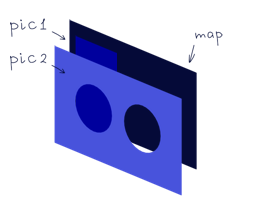I am not sure what to say to your comment except 'Yeah, I know.'
Yes, people may not see my description. That's why I don't plan to leave this bug in the game. But I can't fix it now, so.
Your suggestions about sextant are very thought-out. But then again, I am working on it already. Specifically, I am adding pictures of the constellations you're looking for; and prompts for the stars.
Your deep dive into the problem is interesting, but I have no clue how you expect me to pull that off. A split-screen? Well, I like the idea, but I am not doing it for this.


